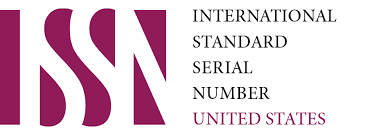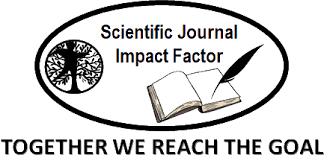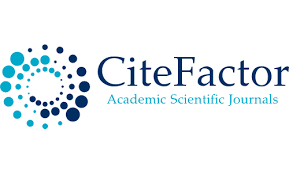Methodology For Integrating Educational Subjects Based On Electronic Devices Created In Engineering Education
Keywords:
STEAM, Engineering, Materials ScienceAbstract
Knowledge of the principle of creation and operation of didactic electronic devices in the article presented the results of knowledge and practical experience obtained from teaching physics using the interdisciplinary integrated STEAM educational methodology.
References
Рыскулова, М.Н. Методика курсового проектирования на основе интеграции
общетехническых и социалъных дистиплин (на примере архитектурно-строителъного
университета): дис. … канд. пед. наук: 13.00.02 / Рыскулова Марина Николаевна.-Нижний
Новгород, 2005.-235 с.
Данилюк А.Я. Метаморфозы и перспективы интеграции в образовании / А.Я. Данилюк //
Педагогика, №2, 1998 г. С. 8 – 12.
Ишматов К. Илғор педагогик технологиялар фанидан маърузалар матни. Наманган. НамМПИ,
- 84 б.
Ишмуҳамедов Р., Абдуқодиров А., Пардаев А. Таълимда инновациялар (таълим муассасалари
педагог ўқитувчилари учун амалий тавсиялар). Т.: “Истедод” жамғармаси, 2008.- Б 180.
Борисова Н.В. Педагогические условия развития функции самореализации личности
старшеклассников в учебно-деловой игре: Дисс. …канд. пед. наук. – Волгоград, 2001.
Khursanovich, A. N. (2022). MEANS OF PREPARING FUTURE ENGINEERS FOR
PROFESSIONAL ACTIVITIES ON THE BASIS OF AN INTEGRATIVE APPROACH. Spectrum
Journal of Innovation, Reforms and Development, 6, 80-86.
Khursanovich, A. N. (2022). INTEGRATION OF ACADEMIC DISCIPLINES IN ENGINEERING
EDUCATION AS A PEDAGOGICAL PROBLEM. Spectrum Journal of Innovation, Reforms and
Development, 6, 92-97.
Khursandovich, A. N. About the Integration of Educational Subjects in the System of Higher
Professional Education. JournalNX, 106-110.
Downloads
Published
Issue
Section
License

This work is licensed under a Creative Commons Attribution-NonCommercial 4.0 International License.
User Rights
Under the Creative Commons Attribution-NonCommercial 4.0 International (CC-BY-NC), the author (s) and users are free to share (copy, distribute and transmit the contribution).
Rights of Authors
Authors retain the following rights:
1. Copyright and other proprietary rights relating to the article, such as patent rights,
2. the right to use the substance of the article in future works, including lectures and books,
3. the right to reproduce the article for own purposes, provided the copies are not offered for sale,
4. the right to self-archive the article.












